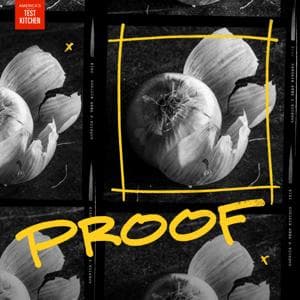This time around, we'll be taking a look at drinking rituals from around the world.
A few months back, my friend Reece Sims asked me to write an article about drinking rituals for her new publication, The Flavour Report. She has graciously agreed to let me read the article on-air and give you all a bit of a "Director's Cut" version of the article, entitled: Sacred Serves: The Rituals That Make Drinking Human.
For those of you who have the opportunity to enjoy a few drinks with family and friends this holiday season, I hope some of these thoughts about the importance of ritual, hospitality, gratitude, and the sometimes radical act of coming together can help you to appreciate some of those moments even more.
Please remember, as always, to drink responsibly and experiment boldly.
Additional Resource: Video of Queimada Ritual (WARNING: DO NOT ATTEMPT AT HOME)




































